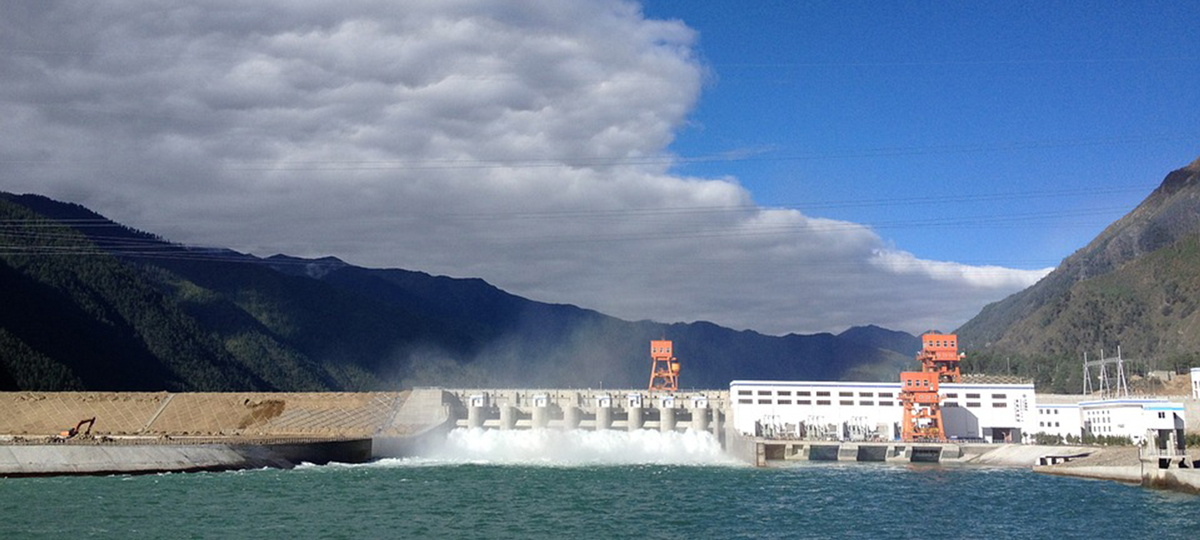Hydro-solar hybrid systems: a case study in Kenya
Solar PV is one of the most promising renewable-based resources due to its falling costs, which have been driven down by policy and market forces.
The affordability of solar means that it holds an increasing share of power generation, even in energy-poor areas such as in Zambia, where the cost of solar is just 6 cents/kWh. However, renewable resources—especially solar—face several challenges in terms of their integration into power systems given their intermittency and variability.
Hydroelectric power plants have the storage capacity and fast response characteristics: this means they are able to respond to sudden fluctuations in electricity demand and to match supply. People have harnessing the power of water dates since 2,000 BC in Ancient Greece, where water wheels were used for grinding wheat into flour. These days, hydropower is a very common form of power generation with a worldwide production of 3,288 TWh.
Resources for solar and hydro are complimentary; hydroelectric power plants may be used as a large “storage” device (battery) to smooth the output of solar generation and resolve any potential problems caused by solar’s variability.
We investigated the coupling of solar generation and a five hydroelectric power plant system (Masinga, Kamburu, Gitaru, and Kindaruma) in Kenya. We developed a framework that uses minimum water to meet energy targets by raising levels of key dams to increase system resiliency in dry months/years and provide more water for irrigation purposes.
Our work showed that a hybrid hydro and solar cascade can work and there are many benefits of coupling hydroelectric and solar resources.
Reference
Apostolopoulou, D. & McCulloch, M.D. (2018) Optimal Short-term Operation of a Cascaded Hydro-Solar Hybrid System: a Case Study in Kenya. IEEE Transactions on Sustainable Energy. doi:10.1109/TSTE.2018.2874810.




